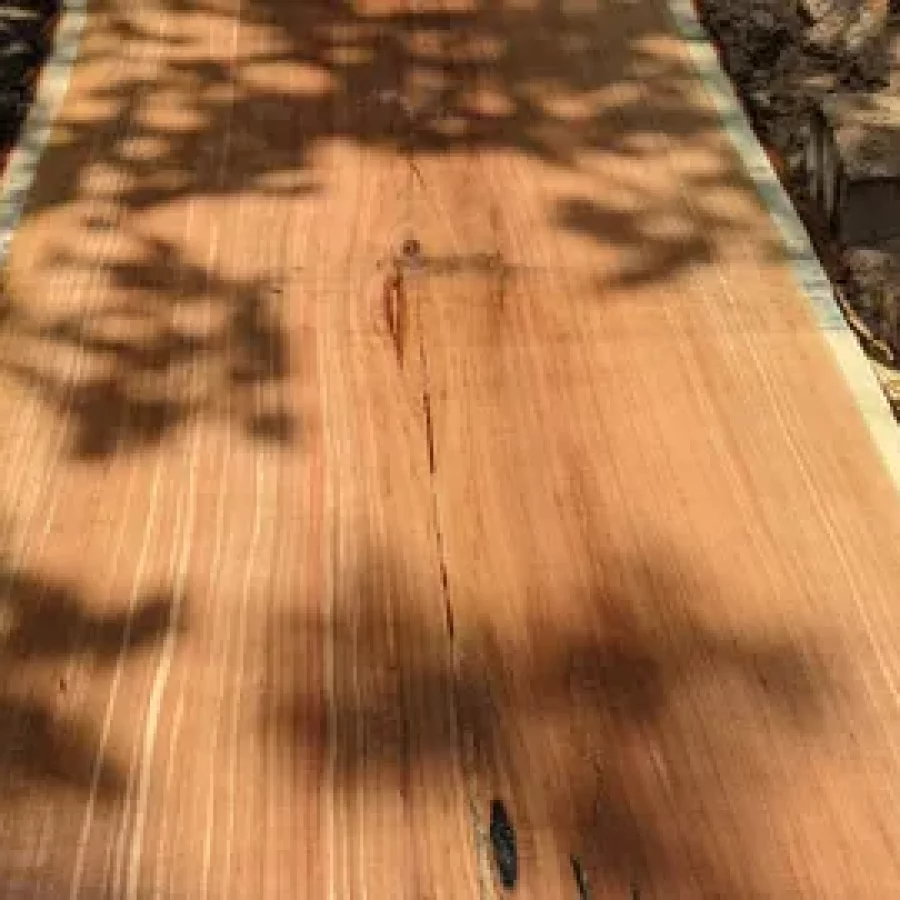Selection will vary based on availability
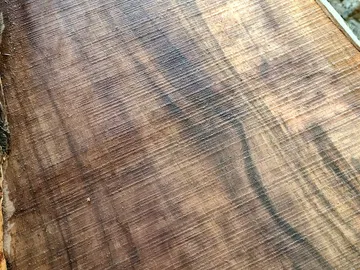
Black walnut continues to be our most popular seller! This species of wood tends to be darker with pronounced grain throughout. Often the coloring will gradually move from dark in the center of the tree to lighter toward the outer edges with a rich, dark brown bark.
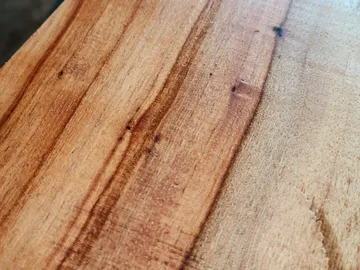
wood typically has a straight grain and is light to medium brown, with a reddish hue; sapwood is a paler yellowish brown. Sourced sustainably from the southern United States. A lot of our pecan pieces are incredibly unique!
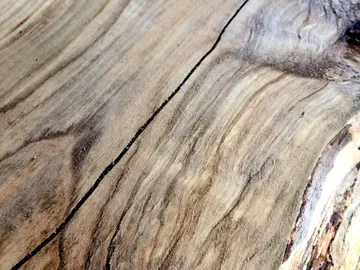
Maple tends to be a white hue with pitch fleck and mineral streaks adding some reddish-brown tints to it, though the color will deepen some with age. A lot of our Maple slabs are older trees with a gorgeous warm white hue. We have locally sourced silver maple and other maple varieties from all over the USA.
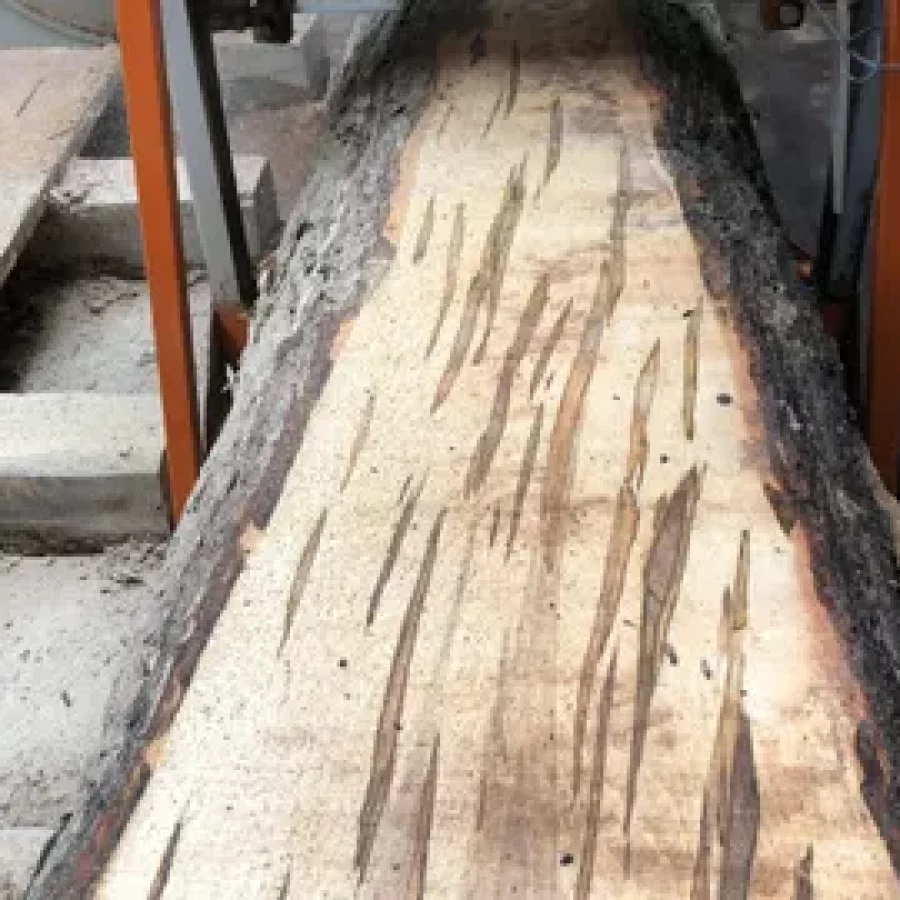
A Customer favorite! Ambrosia maple (also called "wormy maple") has the same gorgeous white flecked coloring of Maple with the added interest of dark spalting. This unique feature is caused by wood burrowing insects. Spalting can be minimal or spread throughout the slab. This type of wood adds depth and interest to furniture and decor pieces.
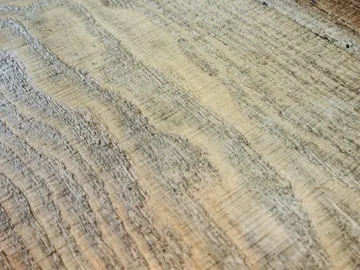
Ash typically has a straight grain and beige-to-light-brown hue. Ash is a great option for a lighter hued piece and mimics oak in coloring. Fun fact: Ash wood is often use to make baseball bats!
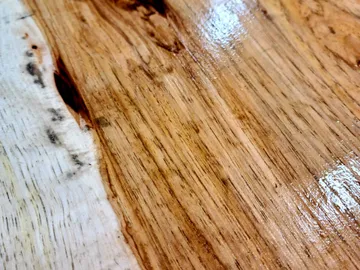
Hickory is a light to medium brown color with a reddish hue. The sapwood is a paler yellowish brown. Hickory has an incredible contrast of light and dark wood with gorgeous live edge that is unique and eye-catching.
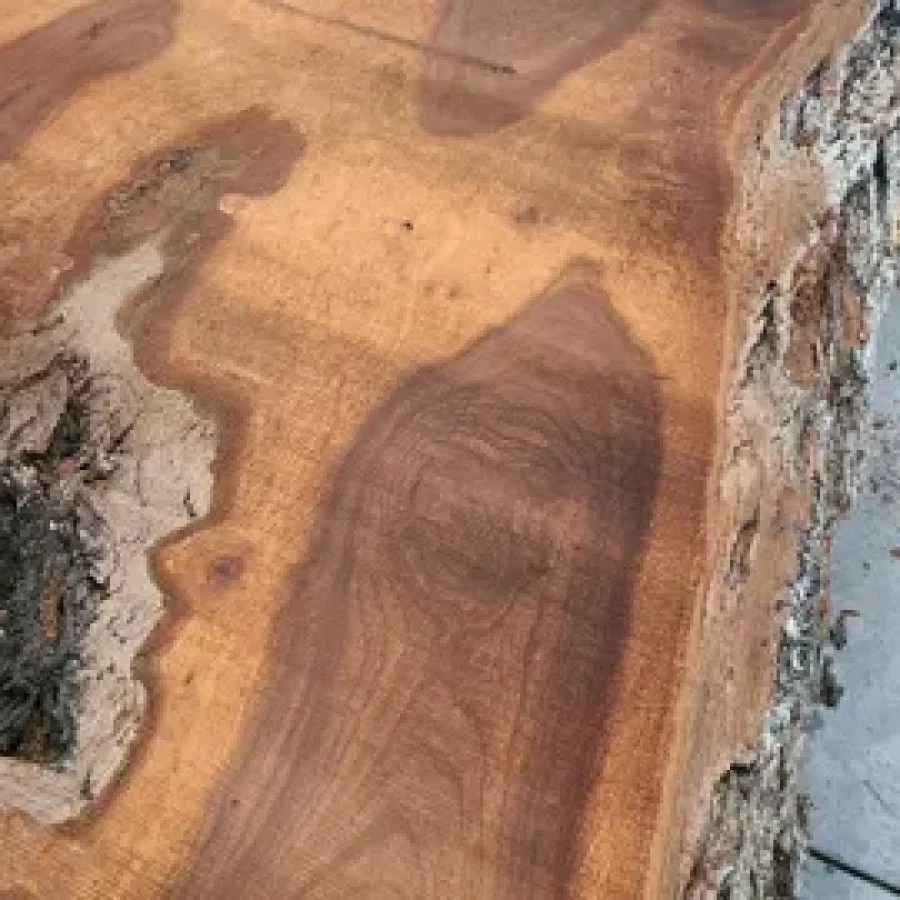
Native to Utah, American Elm is a less expensive option for hardwood. It is on the softer end of the hardwood scale and is great for butcher block tops and cutting boards because it has no odor or taste, and it won't split. We have some very large elm slabs measuring up to 40 inches wide or more. Elm can vary in coloring and grain with a warmer hue.

Mesquite is a protected species and is rare in slab form. Trees can only be harvested in certain areas after they die of natural causes. The wood of mesquite can vary in color from dark brown with wavy, blackish lines to camel tan. Whatever its color, the grain is straight to wavy, medium to coarse in texture, and tightly interlocked.
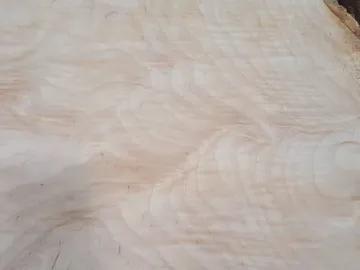
SOLD OUT
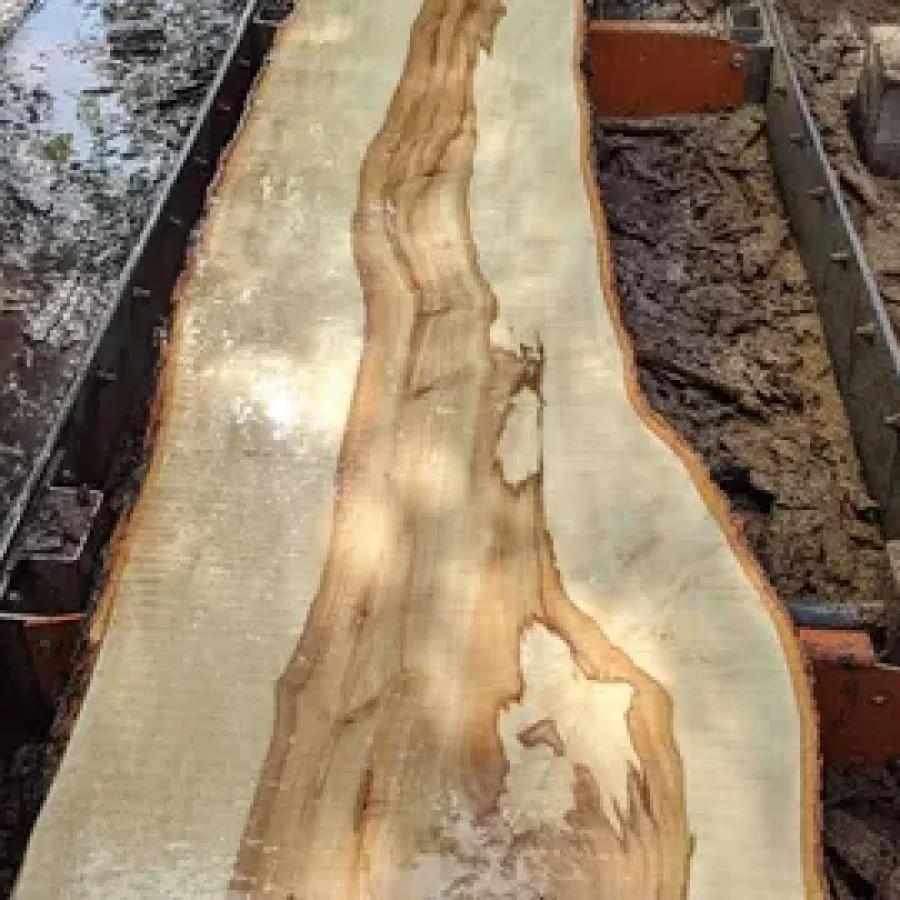
This is a species addition we are so excited about! Full grown chestnut trees are almost impossible to find because of an insect infestation in the early 1900s that almost eradicated Chestnut trees. We were able to source a full grown tree locally. The slabs are milled and fully dry! Ready to be turned into a one-of-a-kind furniture or art piece.
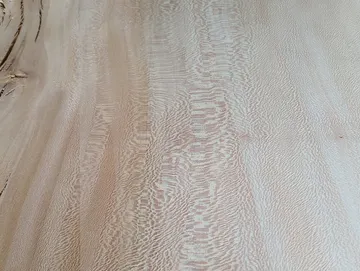
The sapwood is white to light tan, while the heartwood is a darker reddish brown. Sycamore also has very distinct ray flecks present on quartersawn surfaces —giving it a freckled appearance—and it is sometimes even called “Lacewood.”
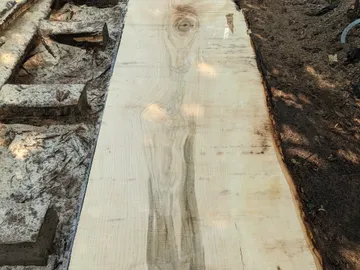
Sapwood is a pale white, sometimes with a yellow/green hue similar to yellow poplar. The heartwood is a grayish/yellowish brown, frequently with red or pink streaks. The red stain is produced by the tree’s natural defenses when wounded. Much of the reddish coloring (sometimes called “flame” by retailers) becomes a more subdued pink or brown/gray upon drying.
